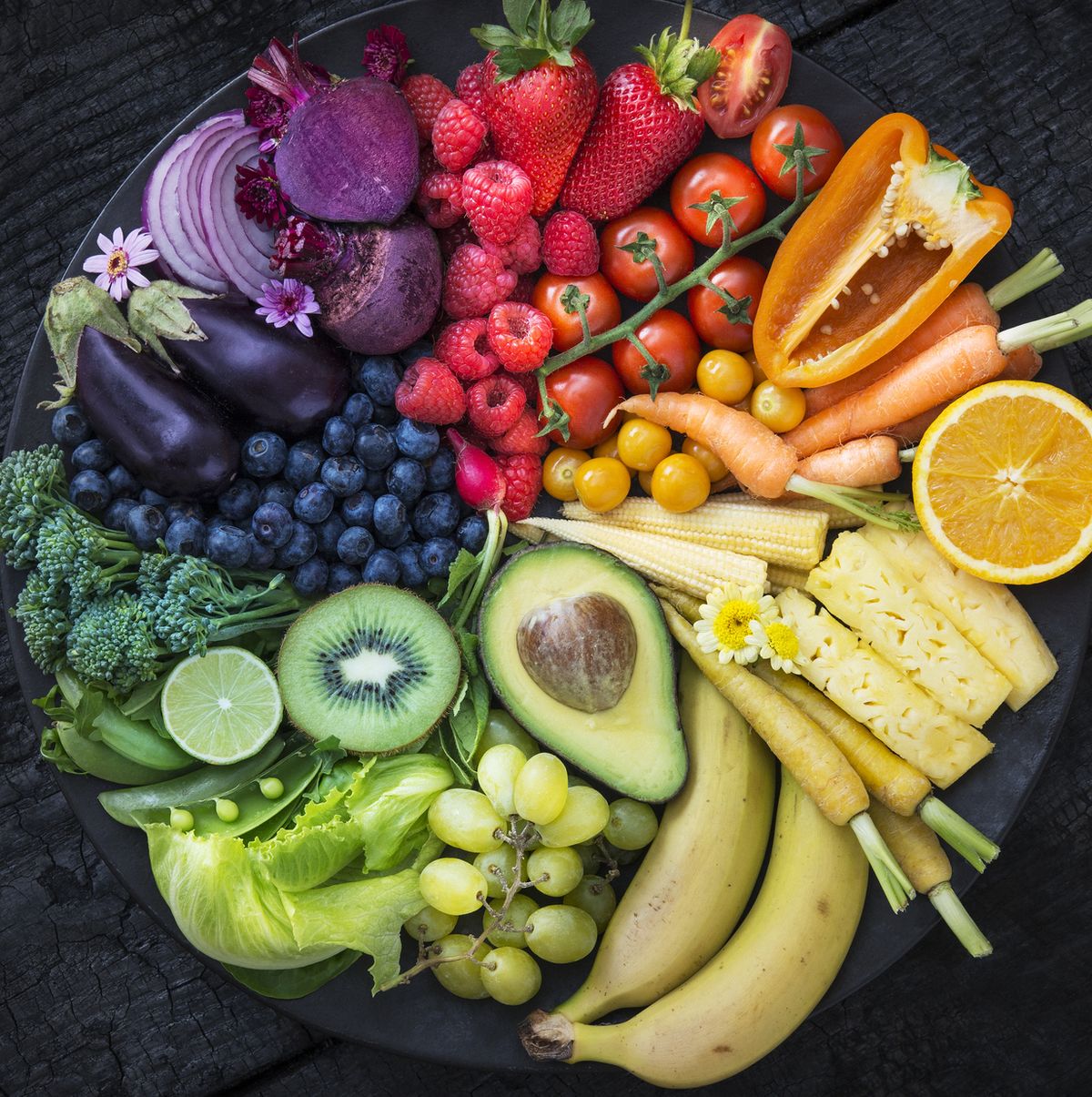At every age, good food choices have a significant impact on our lives. Today’s research proves that eating a balanced diet is vital for healthy aging. It can help you maintain a healthy weight and give you more energy, improve your general health, and lower your risk for some diseases. But did you know that a healthy diet for seniors differs from other age groups?
As you age, your metabolism and immunities naturally slow down. Digestive issues or medications can make it more difficult to absorb vitamins and minerals. Changes in activity level, as well as medications, chronic conditions, and other factors, can also alter your nutritional needs. You should consult your doctor for specific advice, but here are general recommendations that can help you get started on a plan for giving your body the fuel it needs to boost immunities, stay healthy and strong, and live your best life. Today, active senior living communities like Jacaranda Trace provide opportunities to have a balanced diet and stay healthy and strong.
Healthy Diets for Seniors & The Importance of Balanced Nutrition
Vary Your Proteins
Protein is essential for combatting the loss of muscle mass that comes with age. According to the National Academy of Medicine study in The Journal of Nutrition, Health & Aging, nearly half of older adults don’t get the protein they need. But don’t go overboard–while red meat, poultry, and eggs are good protein sources, you’ll also want to substitute seafood, beans, peas, lentils, dairy, and fortified soy products to keep your diet lean and supply varied nutrients. Seafood can also provide your body with Vitamins D and B12 and beneficial fatty acids.
Help Your Bones Stay Strong
The benefits of calcium for bone health are well known, but did you know that dairy foods like milk, yogurt, and cheese aren’t the only sources? Soybeans and dark, leafy greens such as kale, spinach, and collard greens provide calcium for people who are lactose intolerant or vegan. Calcium is also readily available in canned fish with soft bones, such as salmon, or in calcium-fortified juices and cereals. Talk to your doctor about whether your diet provides enough calcium or if you need to take a supplement.
Make Your Plate MyPlate
You may remember the four basic food groups from the food pyramid you were taught during your school days, but applying them to your diet can be challenging. The USDA’s MyPlate plan simplifies balancing your diet with visuals that show how much space each food type occupies on your plate. Following this easily understood plan helps ensure that you eat more nutrient-packed foods and limit your consumption of foods that are “empty calories” or high in fat, salt, or sugar. To learn more about MyPlate and customize your plan, visit myplate.gov.
Fill Your Diet with Color
One recommended strategy for a healthy diet for seniors is always filling half your plate with fruits and vegetables, heavy on veggies. But that doesn’t mean eating a whole can of string beans! To ensure a truly nutrient-packed meal, experts suggest choosing a colorful mix of several different fruits and vegetables. Not only does a colorful plate look more appetizing, but the more varied produce will boost dietary fiber and supply a wider variety of vitamins and minerals. Nutritionists suggest seniors eat 2 to 3 cups of fruits and vegetables daily.
Check Your Vitamin D
We may live in the Sunshine State, but many seniors are still deficient in the “sunshine vitamin”: Vitamin D. Vitamin D supports bone health by helping the body absorb calcium and plays a role in reducing the risk of developing chronic diseases, such as cancer, rheumatoid arthritis, multiple sclerosis, and autoimmune diseases. In seniors, studies have also shown a link between vitamin D deficiency and an increased risk of falling. Although this vital nutrient is made by our skin when exposed to sunlight, it is also found in food. Egg yolks, saltwater fish, and liver contain vitamin D naturally, while milk and cereal often have it added. Ask your doctor about testing your vitamin D level.
A Well-Balanced Solution
Tired of grocery shopping and cooking for one or two? Residents of senior living communities like Jacaranda Trace often find it easier to achieve a balanced diet. With some meals included in the service package, plus restaurant-style dining venues, they have an extensive menu of chef-prepared choices, including delicious yet heart-healthy options. This makes it simple to select a meal that features a wider variety of fruits, vegetables, proteins, and grains than they’d prepare for themselves.
Although it may take some thought, a nutrient-packed, balanced diet may be just what you need to add years to your life—and life to your years!
Inspirational Meals at Jacaranda Trace
Jacaranda Trace’s culinary team creates and serves healthy meals every day—always fresh and always delicious. In addition, our team consults with geriatric dieticians to plan, prepare, and serve nutritional, well-balanced meals to our members.
The team researches ingredients that will both satisfy our residents’ tastebuds and provide maximum nutritional value. They begin by selecting the protein, then choose a starch and vegetable to enhance the meal’s main part. The team also considers the needs of all [residents/members], accommodating preferences like portion control, salt content, food allergies, fat content, and more.
Once all the preparation is complete, they present a delectable meal full of taste and textures. Every meal prepared by the culinary team at Jacaranda Trace is chef-inspired, focusing on ultimate nutrition for a better quality of life as we age.
*U.S. Department of Agriculture and U.S. Department of Health and Human Services. Dietary Guidelines for Americans, 2020-2025. 9th Edition. December 2020. Available at DietaryGuidelines.gov.
